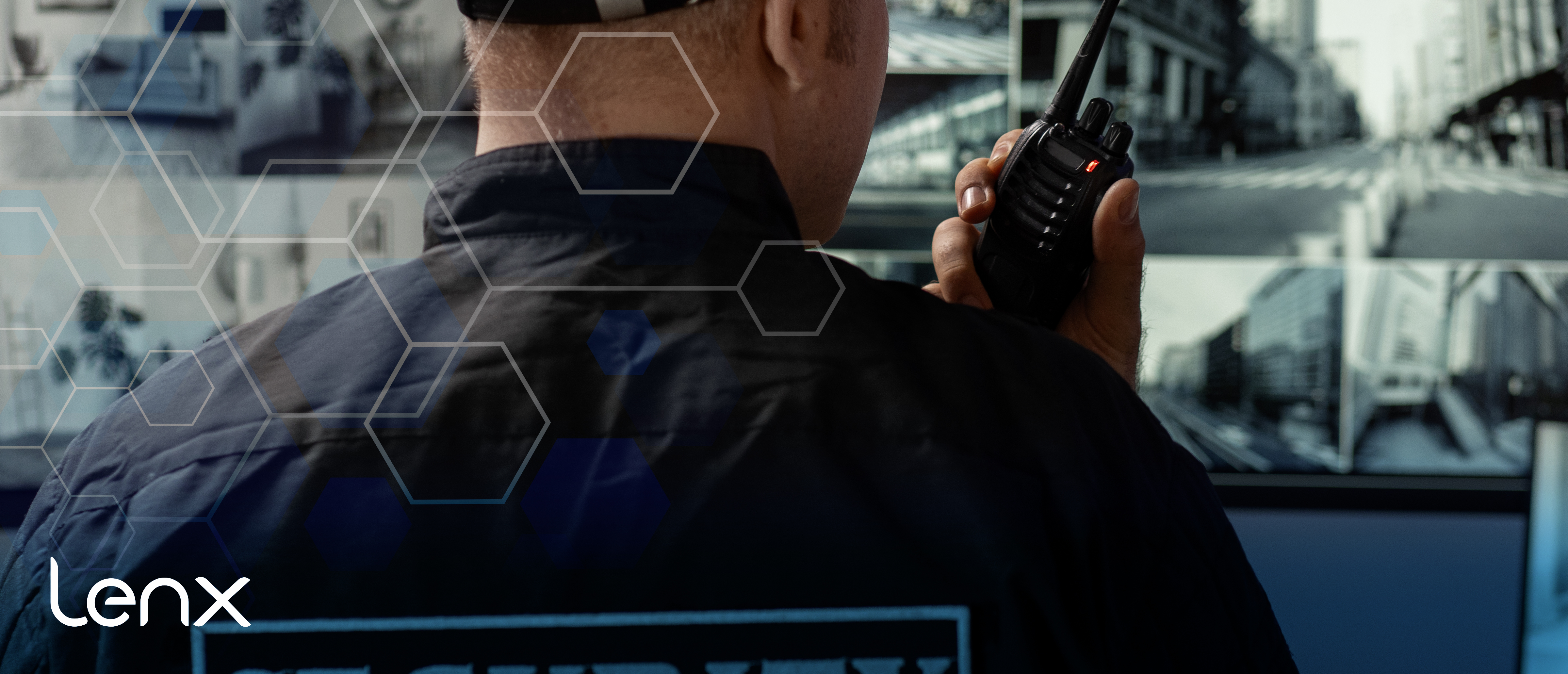
Developing An Understanding Of AI Security, Active Shooter Detection Systems
In an era where security concerns are at an all-time high, particularly with the rising incidences of active shootings, it's imperative to understand the role that technology, specifically Artificial Intelligence (AI), plays in enhancing safety measures. The development of active shooter detection systems has been a significant technological advancement, aiming to reduce the response time and potentially prevent catastrophic outcomes. Let's delve into how AI is revolutionizing the field of security through gun detection and active shooter alarms.
AI Gun Detection: The First Line of Defense
Active shooter detection systems powered by AI are designed to recognize the distinct pattern of weapons and even visually detect a gun being brandished. When the system identifies a potential threat, it triggers an alert, notifying law enforcement and initiating lockdown procedures.
How AI Enhances Gun Detection
AI security apps and systems use a combination of visual sensors to provide a comprehensive threat detection mechanism. AI algorithms analyze video for weapon signatures, while machine learning models assess video feeds for visual cues associated with fire and smoke. This dual-sensor approach increases the reliability of detecting an active shooter before any shots are fired.
Active Shooter Alarm Systems: Rapid Response
When an active shooter is detected, time is of the essence. AI-driven active shooter alarm systems are designed to provide an instantaneous response. They can integrate with existing security infrastructure, like surveillance cameras and access control systems, to lock doors and direct occupants to safety, all while providing real-time updates to first responders.
Integration with School Safety Protocols
The application of active shooter detection in schools is particularly crucial. These systems can be seamlessly incorporated into school safety protocols, ensuring that students and staff are quickly alerted and can follow established evacuation or lockdown procedures.
The Future of AI Security: Beyond Detection
While current AI security measures focus on detection and alerts, the future holds promise for even more proactive solutions. Advancements in AI could lead to predictive analytics, where potential threats are identified before they materialize, based on behavioral patterns and historical data, but privacy should still be taken into account.
A Multi-Layered Approach to Safety
Ultimately, the effectiveness of AI in active shooter situations relies on a multi-layered security approach. This includes traditional security measures, such as trained personnel and physical barriers, combined with the sophisticated detection capabilities of AI.
Conclusion
Developing an understanding of AI security and active shooter detection systems is critical in today's world, where the threat of gun violence remains a pressing concern. By leveraging AI's advanced detection and rapid response features, we can create safer environments in schools, public spaces, and workplaces. As technology continues to evolve, so too will our ability to preempt and respond to these threats, offering a glimmer of hope in the ongoing battle for public safety.
Share your thoughts on AI security and how it can be improved to better protect our communities. Your insights could help shape the future of safety technology.

